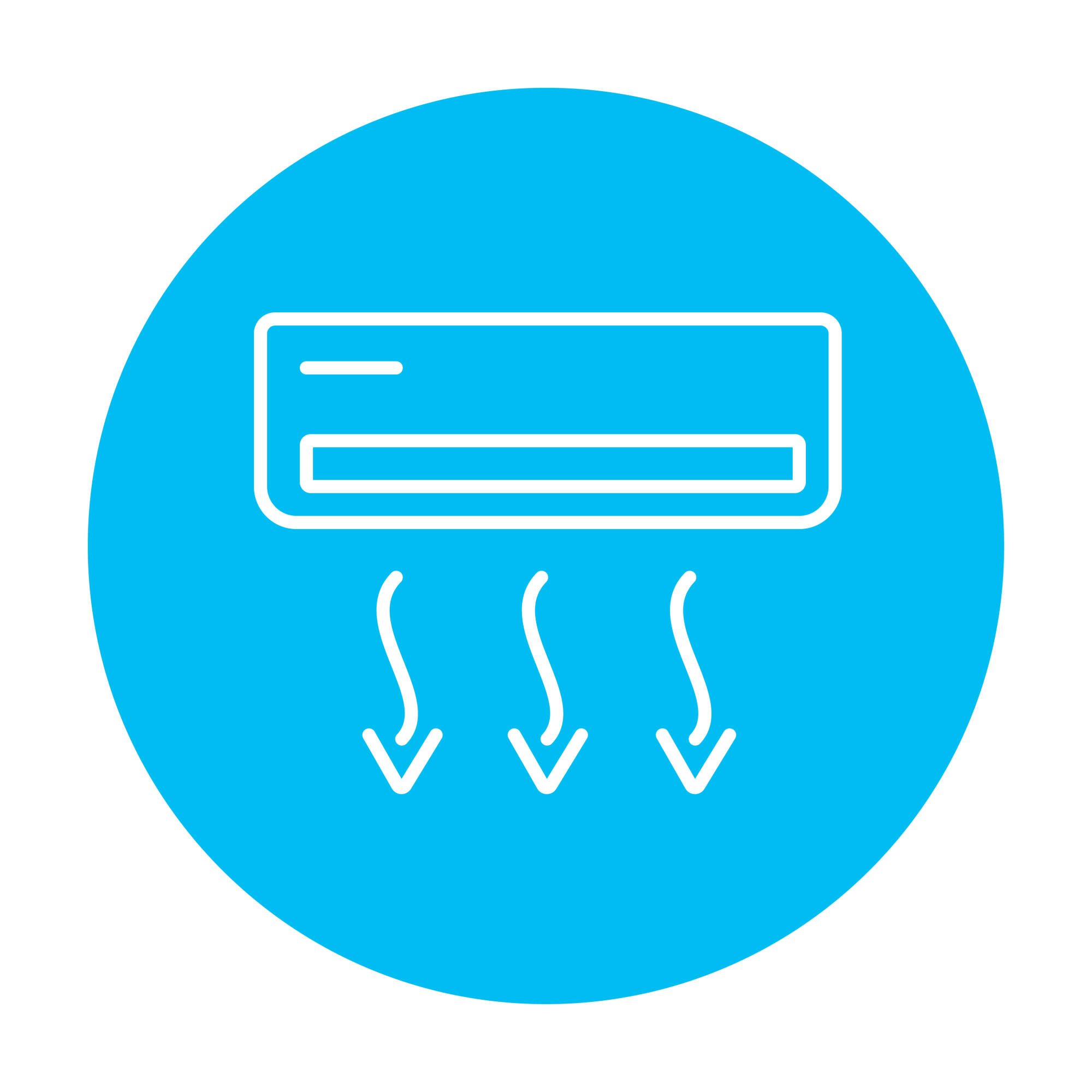If you use any cooling system here in Southwest Florida, the chances are good it’s central air. A whopping two-thirds of U.S. homes use a central AC or heat pump as their main AC equipment, making these the systems most of us are familiar with.
However, these popular units aren’t the only options in the game! Mini-split air conditioners, a modern and energy-efficient choice, offer great cooling power as well and may be ideal in some homes.
How can you choose between a mini-split AC vs. central air? If you’re on the fence, here’s a quick guide to help.
How Do These AC Options Work?
First, let’s cover the basics of how these systems work.
Both of these options have at least two separate units, with one outside and one or more inside. The outdoor unit contains the compressor, while the indoor unit is the air handler.
The main difference between them, however, lies in the air ducts.
Central air systems require a network of ducts to push air throughout your home, delivering it to various rooms. Because this network reaches each area of your home that needs cooling, the system is designed to bring your entire home to a single consistent temperature.
With a mini-split system, on the other hand, there are no air ducts. (This is why you’ll see these systems called “ductless” mini-splits.)
Instead, the outdoor unit sends refrigerant to each room through individual wall, ceiling, or floor units. Each unit can deliver air at a different temperature as needed.
Mini-Split AC vs. Central Air: Benefits
Both of these systems are great for cooling your home. However, each option has a few unique benefits you may want to take advantage of.
Mini-Split AC Benefits
If you’re thinking of installing an AC, a mini-split may be ideal from the start.
Because AC companies don’t have to run ducts throughout your entire home, the installation isn’t invasive. All you’ll need are small holes to run wires and the refrigerant piping. You can even be flexible about your installation, reaching rooms and areas that would be hard to connect with air ducts.
Mini-splits are also one of the most energy-efficient ways of cooling your house. These units have the highest SEER ratings of any type of air conditioner. With no loss of cooling energy through ducts, more of the cool air goes straight where you need it.
This translates to lower energy bills in the long term.
For homeowners who need precise cooling in some rooms, mini-splits have a clear advantage. Because you can adjust the temperature zone by zone, it’s easy to maintain the right temperature in a sunny room, for example, without wasting energy to cool your entire home.
Central Air Benefits
If your home already has ductwork, choosing central air may be a no-brainer. This type of air conditioner installation can sometimes be faster, easier, and even cheaper than getting a complex mini-split setup.
For anyone concerned about indoor air quality, central air is the way to go. With built-in humidifiers and highly effective filtering systems, you can keep more particulates out of the air.
Central air systems also make it easy to cool your entire home with the touch of a button. Without moving between multiple thermostats, you can deliver cool air throughout the property.
Mini-Split AC vs. Central Air: Drawbacks
Though both of these systems have obvious advantages to offer, they have unique drawbacks as well. Keep these in mind to make a well-informed decision!
Mini-Split AC Drawbacks
The most obvious disadvantage of a multi-split AC is the price tag. While the cost of mini-splits can be comparable to a central air unit in some situations, these units can often cost several thousand dollars more. For a complex setup with multiple units, you may shell out far more than you would for a central AC unit with existing air ducts.
Mini-split units are also hard to hide. Because they’re mounted on the wall, ceiling, or floor of your home, they’ll become a visible part of your decor. The lines that run through your home to the outdoor unit will be visible as well.
While mini-splits do filter air, they can’t compete with the filtering capabilities of central air. If anyone in your household has allergies or respiratory conditions, opting for central air may be a smarter move.
Central AC Drawbacks
Installing ductwork can ramp up the price tag of a central air conditioner fast. You’ll also have to pay to clean and maintain those ducts from time to time.
Adding to those expenses, you’ll also see higher utility bills. Though central ACs are energy efficient and a newer model will always reduce your expenses, they can’t compete with the high SEER ratings of mini-splits.
While central ACs enhance your home comfort, the lack of zone control means you won’t be able to adjust the temperature of individual rooms. This isn’t a problem for all households, but it can be frustrating when you’re cooling your entire home to stay comfortable in a single room.
Which Option Is Best for You?
With so many complex pros and cons, it can be tough to choose an AC option.
In general, if your home has existing ductwork and you don’t want or need precise temperature control, central air may be your best bet. In your situation, central air will often be the most cost-effective option as well. It’s also an ideal choice when you have a larger home or household members with respiratory conditions.
When you don’t have existing air ducts, things get trickier.
If everyone in your household is always arguing about their temperature needs, the precise zone control of mini-splits might be the better choice. These ACs are also ideal when you prefer energy efficiency and lower utility bills above all.
Contact the AC Pros
If you’re still struggling to choose between a mini-split AC vs. central air, you don’t have to do it alone! An experienced HVAC professional can help you weigh your options and find the right model for your home.
That’s where Mabry Brothers comes in. Since 1995, we’ve been the trusted HVAC resource for customers throughout Fort Myers, Sanibel, Naples, and Bonita Springs. To ask questions or get a free estimate from our NATE-certified technicians, contact us today!


